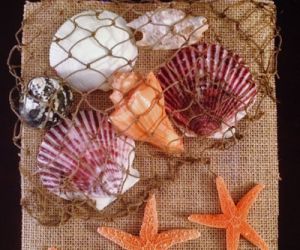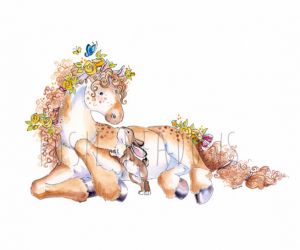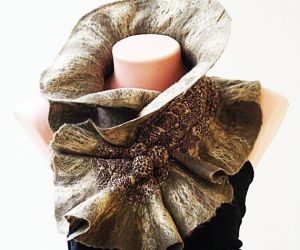The following article on how to crochet is from guest author Julia who is a fellow craft enthusiast. Julia works with Woman’s Weekly Magazine which often publishes articles and tutorials for craft projects.
Crochet has rapidly increased in popularity in the last few years, and for good reason – it’s simple, relaxing and endlessly entertaining. You can quickly learn how to make a range of beautiful and useful things, from fine, delicate lace to chunky sweaters and even rugs. So what do you need to get started? Here are a few essentials that every crocheter should have.
Hooks
The first thing you’ll need is, of course, a crochet hook! These come in all shapes, sizes and materials – the most popular are metal, plastic and bamboo. Plastic and bamboo may be lighter, warmer and more flexible than metal hooks, while metal crochet hooks are more durable and come in a wider range of sizes. Crochet hooks run from tiny, delicate steel hooks for lace, to large, chunky hooks for use with thick bulky yarn – to start out with, a mid-sized hook such as a 4mm should work well. Once you’ve got a feel for it and some idea of what you want to make, you can invest in some more – there are plenty of sets available in craft and hobby shops, or they can be ordered online from Amazon.com, eBay, or specialist craft sites.
Yarn
Once you’ve got your crochet hooks, the next thing you’ll need is some yarn to try them out! There’s a huge range of beautiful yarns available nowadays in various sizes and textures – you can find a good selection of yarn at most fabric and craft shops, or order it online for an even wider range to choose from.
Make sure your yarn is the right size for your crochet hooks. The most common sizes, or ‘weights’, are ultrafine (also called laceweight), ‘fingering weight’ which is sometimes used for socks or baby clothes, ‘sport weight’, double knit (often shortened to DK), aran or worsted weight, chunky, and super chunky. The finer, lighter weight yarns can make beautiful, delicate lace, whereas the heavier, thicker variety can be great fun to use as it produces durable, chunky items which you can make very quickly. For a beginner, DK is a good choice – it will work well with a 4mm hook, it’s very versatile, and it’s easy to handle. Choose a yarn you like the look and feel of – to start out it’s best to pick lighter colours and avoid black or very fuzzy yarns, so that it’s easier to see your stitches.
Scissors
A good pair of scissors is essential for snipping off loose ends of yarn, cutting sewing thread, and so on. Get a pair that’s small, sharp and easy to carry if you want to bring your crochet along when you’re out of the house. Some scissors come with a case, or a cap that fits over the blades, which is a big plus from a safety point of view.
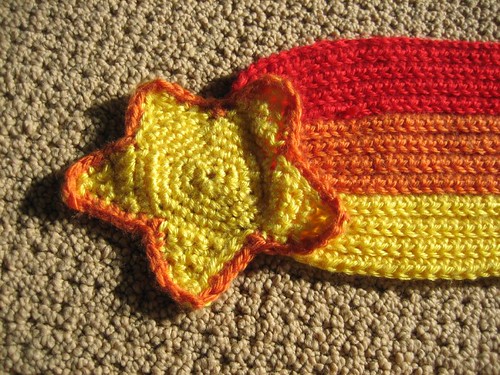
Needles and Thread
Some crochet projects will need sewing up along the seams – invest in a few good needles of varying sizes, from darning needles to smaller embroidery ones, and a set of threads in varying colours to match whatever yarn you’re using. For safety reasons – and to avoid losing them – it’s a good idea to get a case to keep them in, too.
Pattern
Finally, you will need a pattern and some instructions! Most beginners start out with something simple like a scarf or the classic “granny square” – you can purchase patterns, or find them online. There are plenty of free patterns, instructions and even videos available for beginners to learn from – try Googling ‘beginner crochet pattern’ to get started.
There are plenty of other accessories that you might find useful as your crocheting skills improve and you start trying out more challenging projects – things like double-ended hooks, hook and yarn cases, stitch markers, and of course, extra yarn and patterns. However, the suggestions above should be all you need to get started on your first project – good luck, and have fun!
Sources: Squidoo, wikipedia, Amazon
Featured images:
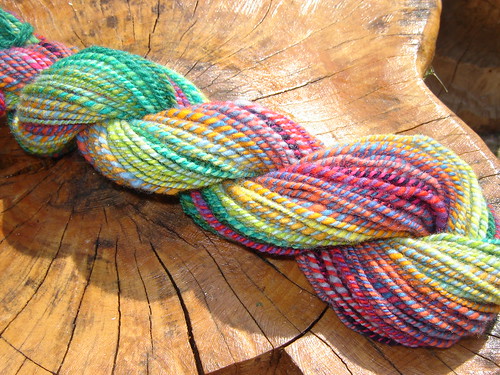 License: Creative Commons image source
License: Creative Commons image source License: Creative Commons image source
License: Creative Commons image source
This article about getting started with crochet including tips and advice on how to crochet was written by Julia, a craft enthusiast. Julia works with Woman’s Weekly Magazine which often publishes articles and tutorials for craft projects.




